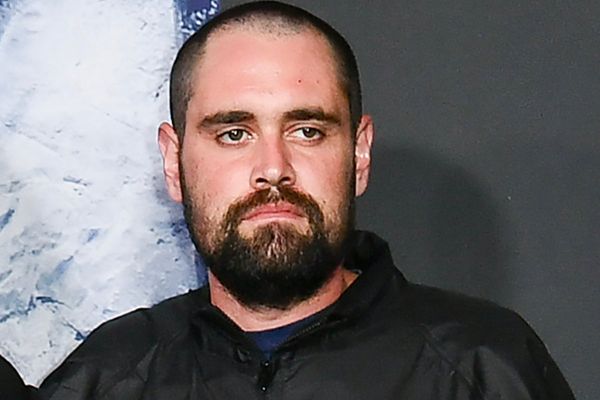
People who receive a Covid booster dose in the UK next month will be among the first in the world to receive Moderna’s dual-variant vaccine, which protects against two strains of the virus. But scientists say there is a misconception that this latest vaccine is an upgrade on what has come before.
The evolution of the Covid virus to be more transmissible and better evade immunity is outpacing even innovative mRNA vaccines such as Moderna’s. The current generation of vaccines remain essential to protect us against severe illness and death. But when it comes to controlling infection, we are in a situation equivalent to running at a steady speed on a treadmill that is accelerating.
Now leading scientists are calling for a renewed focus on nasal vaccines, delivered through a spray up the nose rather than an injection. They say nasal vaccines have the best chance of being able to halt Covid transmission and bring infections down to a manageable level.
“Solving this problem of inducing really effective immunity to block transmission is such an important challenge, it really deserves to receive significant attention and energy even though it’s going to take some time and effort,” said Dr Sandy Douglas, a member of the team that delivered the Oxford/AstraZeneca vaccine.
Current vaccines trigger a response in the systemic immune system, which helps to prevents serious illness once an infection has occurred. But a major shortcoming has been the failure of injected vaccines to produce immunity in the respiratory tract – so-called mucosal immunity – which is the body’s first line of defence against Covid.
“It’s like having guards behind the castle’s gate versus having guards in front,” said Benjamin Goldman-Israelow, an infectious diseases researcher at Yale.
Many now view a nasal vaccine as the most realistic way of achieving nasal immunity and breaking the chain of Covid transmission. More than a dozen clinical trials of nasal vaccines are under way, including a phase 1 trial of a nasal version of the Oxford/AstraZeneca vaccine.
The challenge should not be underestimated, according to Douglas. “To protect against transmission, we’re in the territory of trying to do significantly better than exposure to the virus does naturally,” he said.
There is less experience with nasal vaccines. The most widely used to date is Flumist, AstraZeneca’s influenza spray, which uses a weakened influenza virus that works by entering the cells of the nasal lining and triggering an immune reaction.
This kind of vaccine needs to hit a sweet spot where enough virus is delivered to kickstart the immune system, but not so much that the virus starts replicating and results in the person becoming infectious (the phenomenon behind a recent spate of polio cases in the UK). “That’s not a road people are very enthusiastic about going down with a new vaccine,” said Douglas.
With new vaccine approaches, there is always the possibility of unexpected side-effects, which could deter some companies. An intranasal flu vaccine used in Switzerland in the 1990s was withdrawn after being linked to cases of facial paralysis. “The safety profile may well turn out to be better for nasal vaccines, but there’s a little bit more of the unknown,” Douglas said.
There is also no consensus on how effective a nasal vaccine would need to be in order to make it to market. “It is safe to say that a complete or near complete block of transmission would be preferable,” said Dr Samuel Wu, the interim chief medical officer of the US-based company CyanVac, which is preparing to take a Covid nasal vaccine into a phase 2 trial.
However, a small percentage reduction in transmission can make a big real-world difference. “A 30% reduction in transmission would result in a 65% reduction in infections after three rounds of transmission,” said Wu.
“The harder question to answer is how you would actually measure reduction in transmission in a clinical trial,” he added. “We have performed a cohabitation model to show that our vaccine reduces Covid transmission in ferrets, but as far as we know no one has tried to conduct such an experiment with human volunteers.”
Prof Akiko Iwasaki, an immunologist at Yale, co-founded the company Xanadu Bio to develop a nasal booster vaccine designed to “coax” existing circulating immunity (from an injected vaccine) into the respiratory tract, without requiring live virus.
The vaccine, which delivers the Covid spike protein to the nose, offered protection against transmission in animal tests, and the team hopes to launch a phase 1 trial next year. But Iwasaki says a coordinated effort will be required to deliver a nasal vaccine to market, and she has called for “Operation Nasal Vaccine at lightning speed”, an initiative similar to Operation Warp Speed for this stage of the pandemic.
“A small academic lab like mine is not equipped with manufacturing, regulatory, distribution capabilities,” she said. “This requires sufficient support by public and private sectors.”
Douglas agrees. “There are market failures in vaccine development because companies are reluctant to take the risks. They don’t reap the full benefits to society,” he said. “If they’re going to have to bear the costs and risks without substantial public funding, not enough research happens.”







